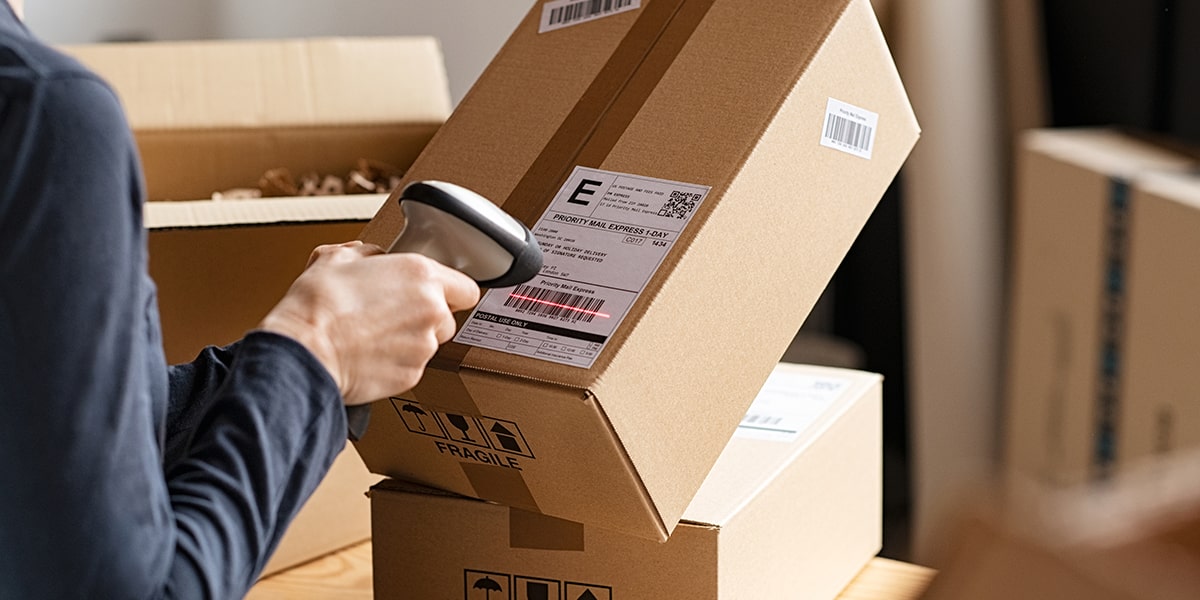Oxygen Transmission Rate Testing in Packaging
Understanding oxygen transmission rate (OTR) testing is crucial for ensuring product safety and quality. OTR measures the permeability of packaging materials to oxygen, a critical factor in preventing spoilage and maintaining product integrity. This test is particularly important for products with a high risk of oxidation or those that require extended shelf life.
OTR testing helps manufacturers identify optimal packaging solutions by determining how well their containers can protect against oxidative degradation. For instance, perishable goods such as fresh produce, pharmaceuticals, and specialty foods are highly susceptible to oxygen-induced spoilage. By optimizing the OTR properties of a package, businesses can extend shelf life, improve product safety, reduce waste, and enhance consumer satisfaction.
OTR testing is often paired with other tests, like moisture vapor transmission rate (MVTR) and carbon dioxide (CO2) permeability tests, to provide a comprehensive view of packaging performance. Together, these tests help ensure that the package not only protects against oxygen but also maintains appropriate humidity levels and CO2 balance.
Testing is performed on various materials including films, foams, papers, and composites. The testing apparatus typically consists of chambers where samples are exposed to controlled environments with varying oxygen concentrations. Over a specific period, the rate at which oxygen passes through the material is measured using sensitive sensors. This data is then analyzed against industry standards.
The importance of OTR testing cannot be overstated in consumer products and product safety. For instance, it ensures that medications remain stable over time by preventing oxidation that could alter their efficacy or lead to potentially harmful side effects. Similarly, for food items, proper OTR management can significantly reduce waste due to spoilage.
OTR testing is also essential in the design and development phases of new packaging materials. Engineers use this information to refine formulations and improve barrier properties. This iterative process ensures that final products meet not only internal quality standards but also external regulatory requirements.
Applied Standards
| Standard | Description | Scope |
|---|---|---|
| ASTM D3985 | This standard provides procedures for measuring the oxygen transmission rate to packages of various materials, including films and laminates. | It is applicable to a wide range of packaging materials used in consumer products. |
| ISO 15106-2 | This international standard specifies methods for determining the oxygen permeability of barrier materials and packages. | Covers both rigid and flexible packaging structures. |
Why Choose This Test
- Ensures Product Safety: By preventing oxygen from reaching sensitive products, OTR testing helps maintain their integrity and quality.
- Enhances Shelf Life: Proper packaging reduces the risk of spoilage, thereby extending product shelf life.
- Meets Regulatory Requirements: Compliance with industry standards ensures that packaging meets legal and safety requirements.
- Improves Consumer Satisfaction: Stable products lead to higher customer satisfaction and trust in the brand.
- Saves Cost: By reducing waste due to spoilage, businesses can save significant amounts of money.
Quality and Reliability Assurance
The process of OTR testing is rigorous, involving several steps from specimen preparation to final analysis. Specimens are cut into standard sizes and shapes according to the specific test requirements outlined in the chosen standards. These specimens are then placed between two chambers within a sealed apparatus.
One chamber is exposed to controlled oxygen levels while the other remains at ambient conditions. Over time, sensors monitor the rate of change in oxygen concentration on both sides. This data is collected and analyzed using software that calculates the OTR value based on predefined formulas.
The results are compared against acceptance criteria set by the relevant standards. For instance, if a package for a drug product must have an OTR below 50 mL/m2/day to ensure stability, any measurement above this threshold would indicate a need for improvement in packaging design.
The reliability of these tests is further enhanced by regular calibration and validation procedures. These steps ensure that the equipment remains accurate over time, thereby maintaining consistent results across multiple trials.





